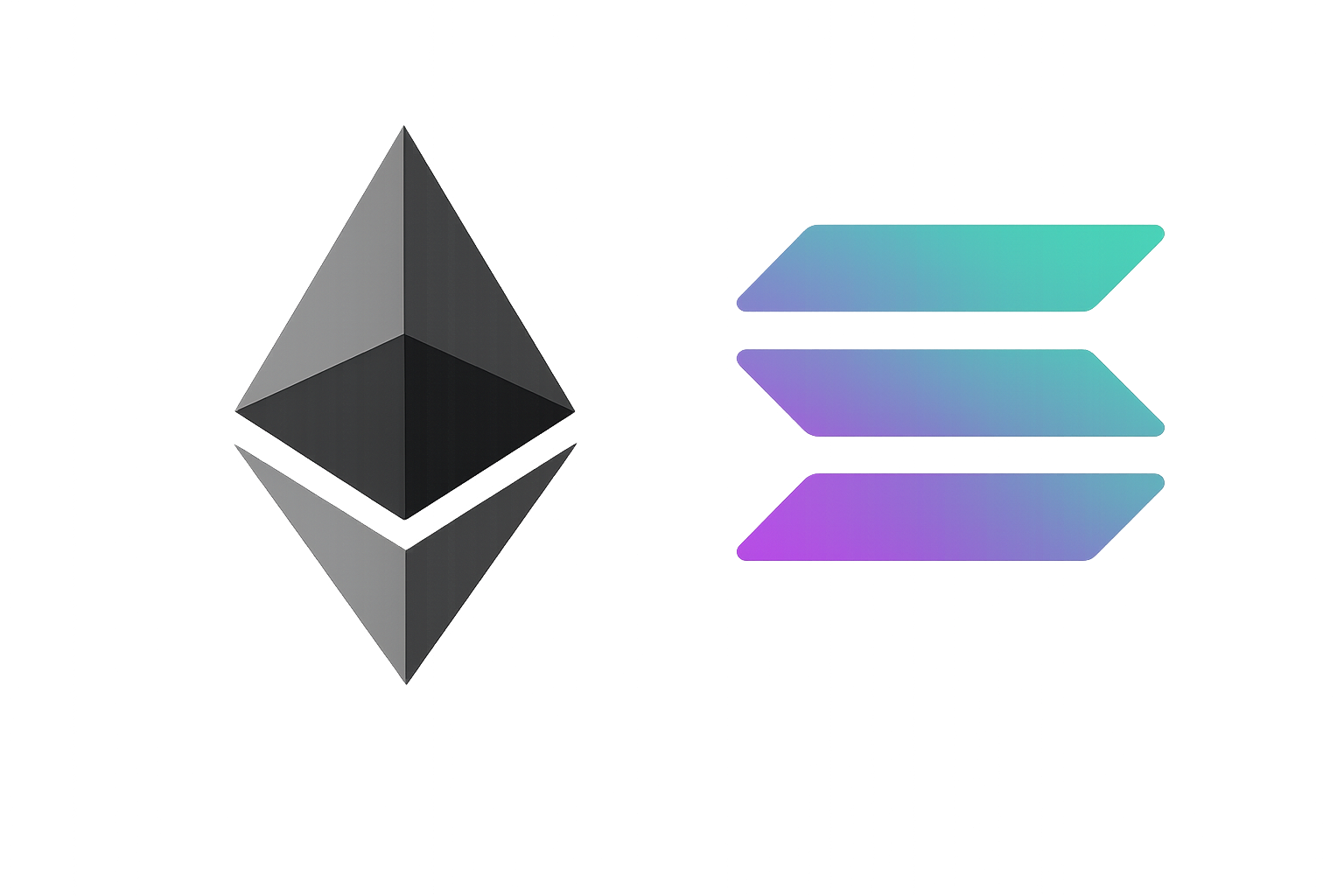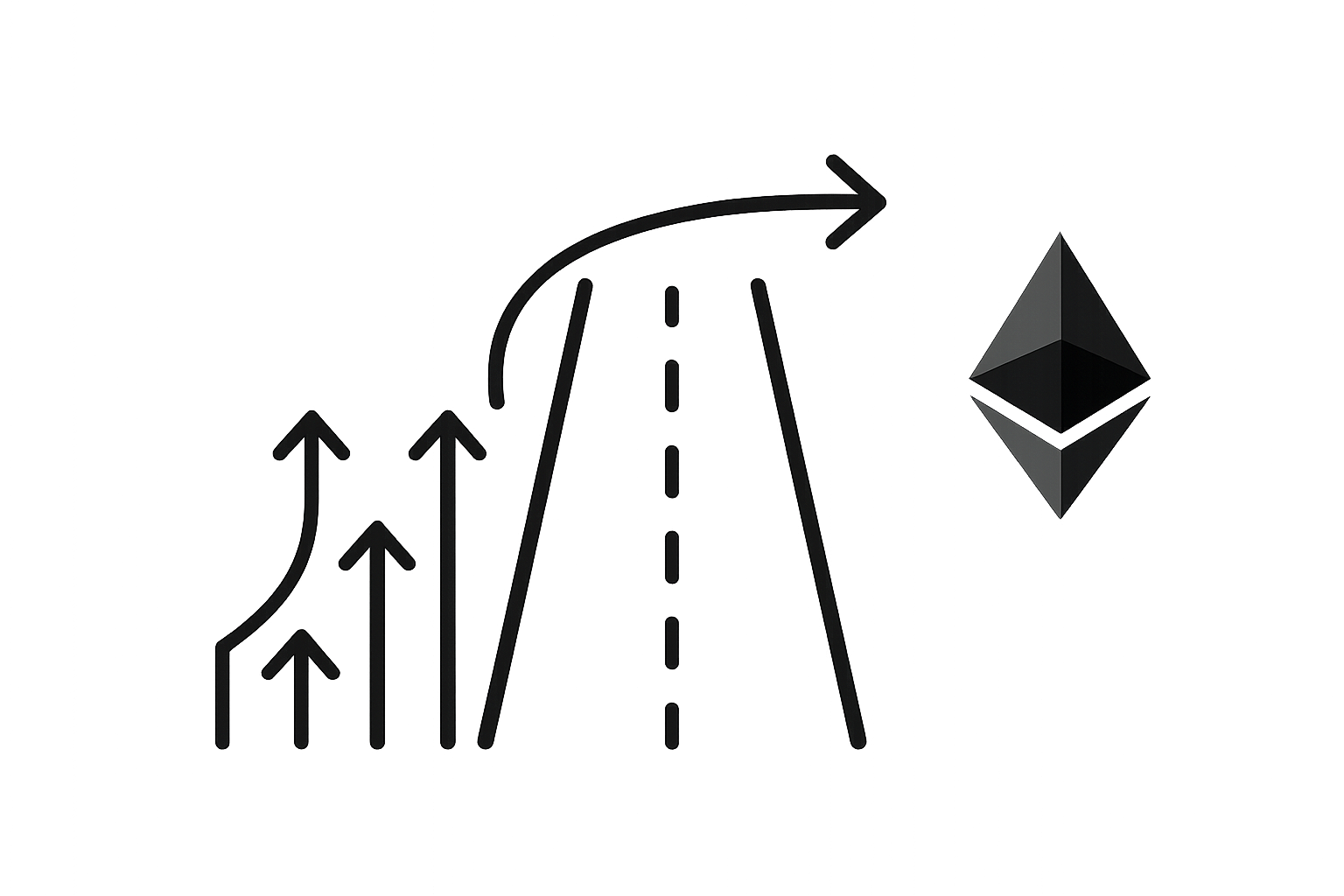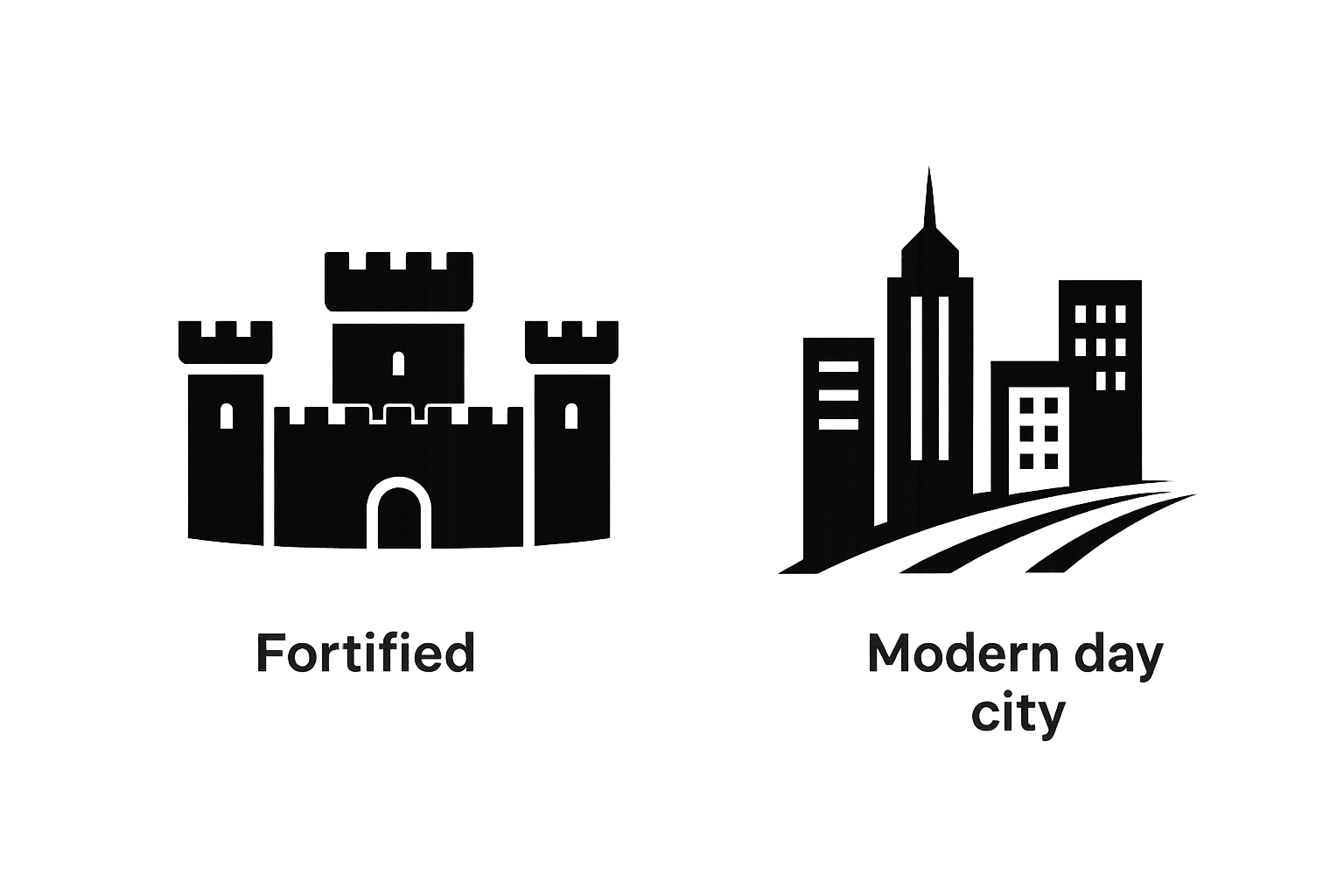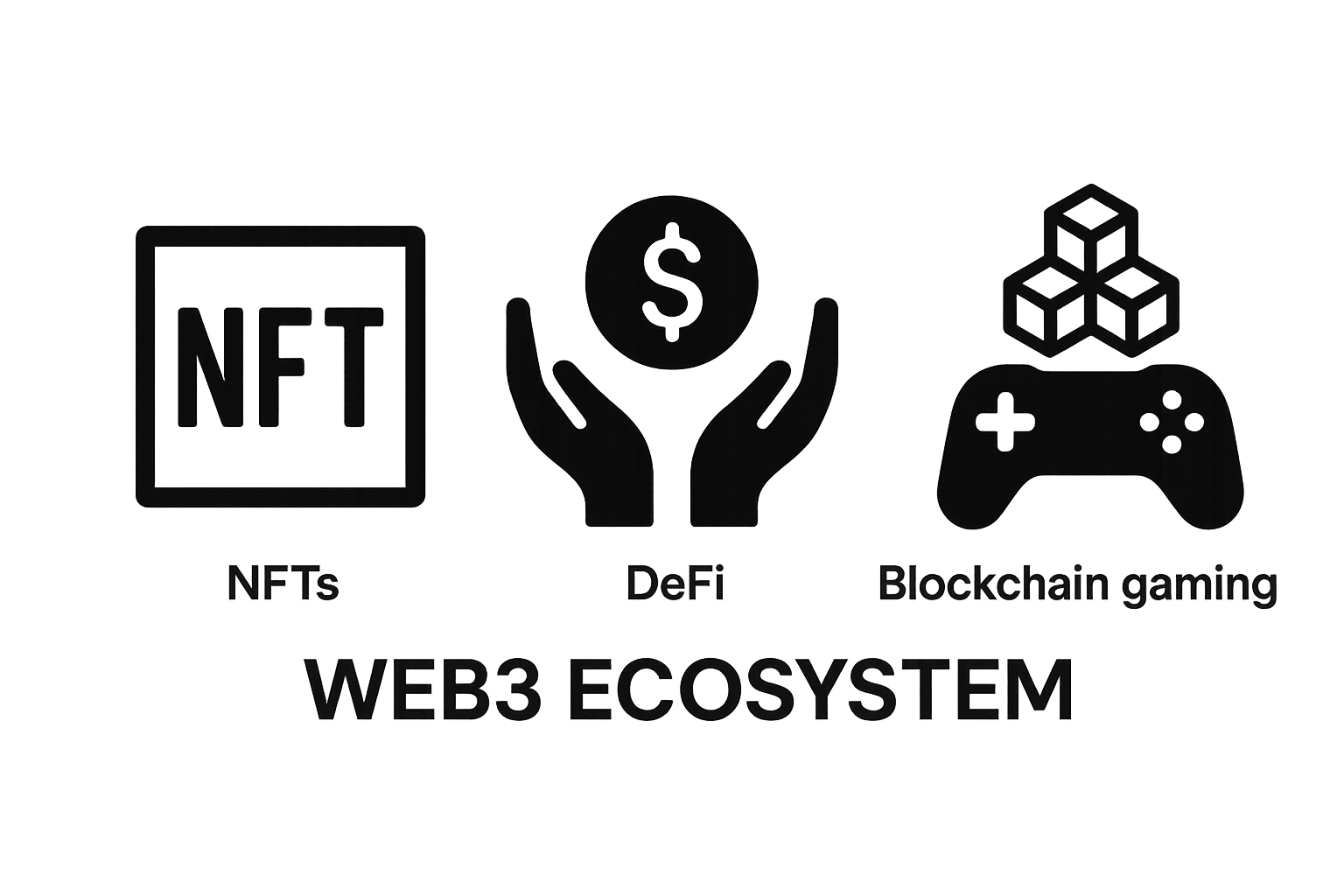Welcome to TechUnder5 — where tech meets simplicity in just under 5 minutes!
Today, we’re diving into a hot debate: Ethereum vs Solana. One is the original smart contract pioneer, the other is the speed demon of crypto.
Table of Contents
- The Basics & Similarities
- Speed, Cost & Layer 2
- Security & Decentralization
- Ecosystem & Adoption
- The Future
- Who Wins?
The Basics & Similarities
Ethereum launched in 2015, while Solana joined the scene in 2020. Despite the age gap, both blockchains let you:
- Build decentralized apps (dApps)
- Deploy smart contracts
- Power NFTs, DeFi platforms, and blockchain games
At their core is a consensus mechanism — the “voting system” that ensures everyone agrees on which transactions are valid before adding them to the blockchain.
- Ethereum uses Proof of Stake (PoS) where validators lock ETH to earn the right to confirm transactions and get rewards.
- Solana combines Proof of History (PoH) with PoS where PoH timestamps transactions so the network can agree on their order almost instantly, improving speed.
These design differences have a direct impact on transaction speed and fees.

Speed, Cost & Layer 2
Ethereum processes about 15–30 transactions per second. It’s reliable, but during peak times, gas fees also known as the transaction fees can jump from a few dollars to over $50.
To handle this, developers use Layer 2 protocols — think of them as extra lanes on a highway. They process transactions off-chain, bundle them, and send them back to Ethereum’s main chain, making transactions faster and cheaper.
Solana, meanwhile, is built for speed from day one. It handles thousands of transactions per second for less than a cent each. Theoretically, Solana has an upper ceiling of 65,000 TPS. The trade-off? While Ethereum rarely goes offline, Solana has faced multiple network outages in its short history.

Security & Decentralization
- Ethereum is like a fortified city — slower to move but heavily guarded. Thousands of validators worldwide make it highly decentralized and resilient against attacks.
- Solana is like a modern high-speed city — faster, with fewer validators and quicker decision-making. This makes it efficient but more centralized, and past outages have made some users cautious.
From a decentralization standpoint, Ethereum operates with thousands of validators spread across the globe. This wide distribution means no single entity can easily control the network, making it resistant to censorship and single points of failure. Its governance is largely community-driven, with changes requiring broad consensus among developers, node operators, and stakeholders.
Solana, while still decentralized in structure, currently has far fewer validators than Ethereum. This smaller validator set allows for faster transaction processing but also means a higher concentration of control. In practice, this can make the network more agile but potentially more vulnerable to coordinated disruptions or governance influence from large stakeholders.
The trade-off is clear — Ethereum prioritizes maximum decentralization and security, while Solana leans toward speed and efficiency, accepting a more centralized validator landscape. The trade-off is speed and throughput — by having fewer, more powerful validators, Solana can process thousands of transactions per second at low cost.

Ecosystem & Adoption
Ethereum’s ecosystem is massive:
- Home to NFTs — non-fungible tokens, which are unique digital assets stored on the blockchain that represent ownership of items like art, music, videos, collectibles, in-game items, and more.
- Hosts countless DeFi platforms — Decentralized Finance (DeFi) refers to blockchain-based financial services that operate without traditional intermediaries like banks.
- Powers Layer-2 scaling projects — These are secondary frameworks or protocols built on top of Ethereum to improve transaction speed and reduce costs without compromising its security. Examples include Polygon, Arbitrum, and Optimism, which handle large volumes of transactions off-chain, bundle them, and then settle them on Ethereum’s main chain.
Billions of dollars flow through Ethereum’s network, and most major crypto projects start here.
Solana’s ecosystem is smaller but growing rapidly. It’s a hub for:
- NFTs (Non-fungible Tokens) and Blockchain gaming — These are games that integrate blockchain technology to give players true ownership of in-game items, characters, and currencies through NFTs and tokenized assets. On platforms like Solana, blockchain games can process transactions quickly and cheaply, making in-game economies more fluid and accessible.
- Low-cost transactions attracting developers and new users who want to experiment without high fees.

The Future
Ethereum is laying the groundwork for a secure, resilient Web3 backbone — steadily rolling out upgrades to increase speed and lower costs while preserving its strong decentralization.
Solana is chasing the vision of being the go-to blockchain for mainstream apps, games, and financial tools — delivering lightning-fast transactions and near-zero fees to attract everyday users.
Analogy: Ethereum is like crafting a skyscraper, floor by floor, ensuring every beam is reinforced; Solana is building an entire city in record time, buzzing with activity from day one.
Who Wins?
Ethereum = The trusted workhorse — slow but dependable.
Solana = The sports car — fast and sleek, but still proving it can go the distance without breaking down.
TechUnder5 — Making complex tech simple.
